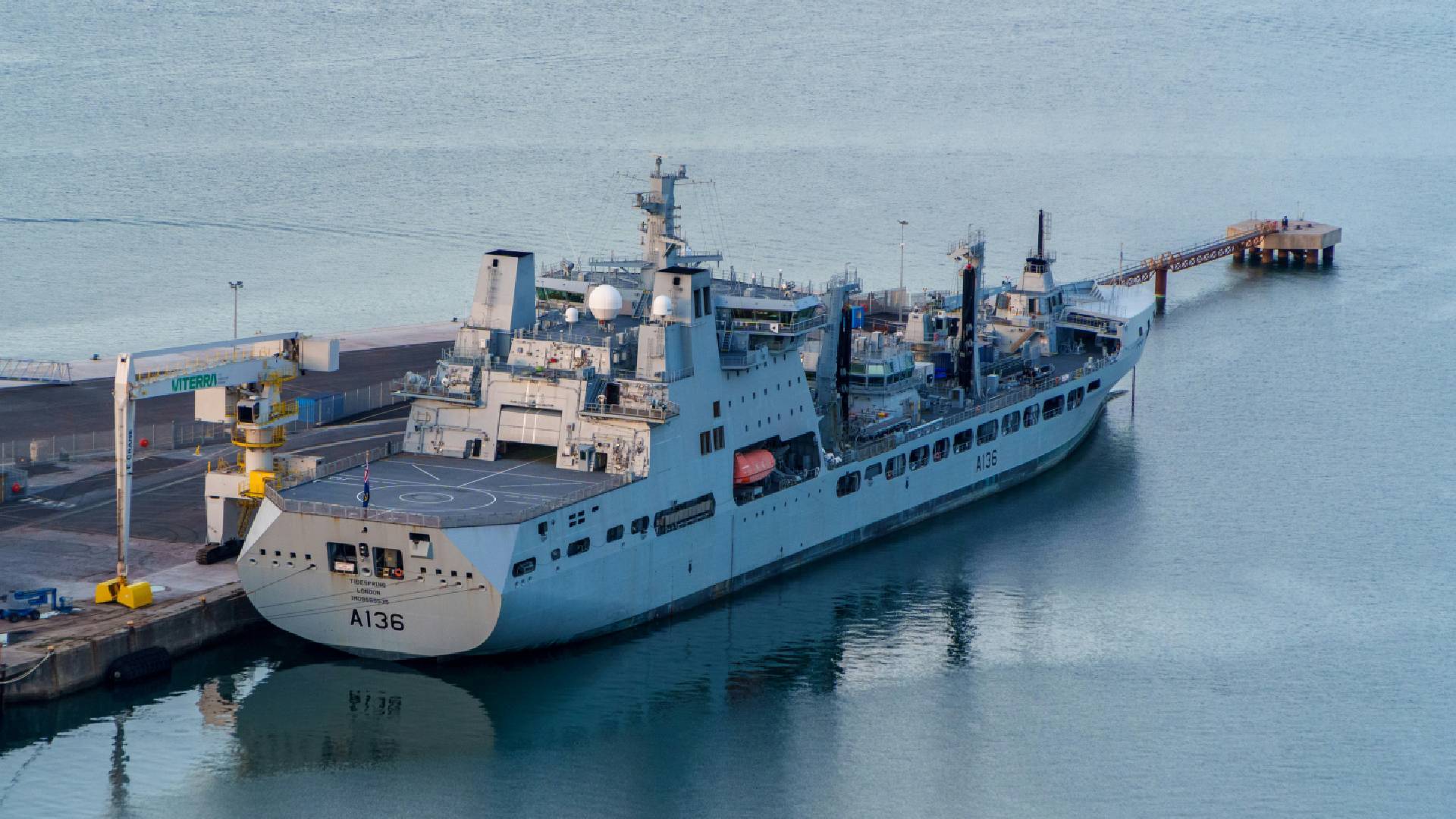National Framework for Water Resources 2025: water for growth, nature and a resilient future
Water is fundamental for public health, food, energy supply, a strong and growing economy and a thriving natural environment. We are on the cusp of huge change in how society operates as Artificial Intelligence develops, and we move to clean energy production. Yet all of these depend upon a sustainable, resilient supply of water.
At the same time, the climate is changing, and the population is growing. By 2055 current predictions indicate there will be a further 8 million people living in England, requiring housing and new towns. Forecasts suggests that climate change will increase temperatures, driving demand for water on hotter days both for individual use but also for purposes like irrigation and cooling of computer data centres. Climate change is also likely to change the distribution and timing of rainfall, with warmer, wetter winters and hotter, drier summers.
Together, the impact of all these pressures on water resources is unprecedented. Never have so many people and so many sectors critical to the functioning of society placed such a demand on our water resources, at a time when nature and the environment are reliant on that water to cope with a changing climate. In this second National Framework for Water Resources, refined and improved modelling of scenarios of population growth, climate change and environmental sustainability reductions demonstrate that without action there could be a deficit of up to 5 billion litres a day by 2055 for public water supplies. That is almost enough water to fill Wembley Stadium 4.5 times each day. A demand of a further 1 billion litres per day is likely to be required by other sectors of use. Addressing these deficits can only be achieved if we plan across sectors, push forward resource options and demand management and deliver as soon as possible.
The first National Framework for Water Resources set out the enormity of the scale of challenge that awaits us with demand for water outstripping supply and provided a new regional structure to begin tackling this problem. There have been major changes and advancements in developing the pathway to close the water deficit, including the establishment of the Regulators’ Alliance of the Progression of Infrastructure Development (RAPID) and the funding made available for large infrastructure projects. These step forwards have improved our knowledge and understanding of the factors contributing to the water deficit and refined and improved modelling techniques and data, as well as additional regulatory asks, have increased the scale of the deficit to 5,000 mega litres a day. Despite this, we are in a much stronger position to address and reduce this gap due to the work of many groups, companies and organisations working collaboratively over the last 5 years. The ambition and delivery on both new resources and demand management must not slip and must continue to be implemented to ensure the resilience and security of water supplies.
This new National Framework for Water Resources describes the next steps that need to be taken to build on the work that has already been done and how planning of water in all sectors needs to change. These steps include:
- as part of the Environment Agency’s strategic overview of water resources across all sectors of use, the Environment Agency will continue to assess the scale of the national challenge
- regional water resources groups will develop multi-sector water resources plans and facilitate the delivery of collaborative solutions
- regulators, particularly through RAPID, will help to evaluate proposed solutions and to help facilitate the identification of new options
- the Environment Agency will continue and upscale our engagement with other water using sectors to understand their needs and issues and facilitate early engagement with the water sector and Regional Groups
- the Environment Agency will support the enhancement of the local tier of water resources planning such as Water Abstractor Groups and Catchment Partnerships to better enable delivery and we will continue to work through the National Framework to enable more effective collaboration.
With a sustainable supply of water in the right places we have an opportunity to create a stronger economy, a cleaner source of energy, a healthier and thriving environment and a supply of affordable water for all. We need to act now to take this opportunity, and we must all work together to achieve it. If we can do this, we will be the creators of a more resilient, healthier environment and a greener, stronger economy for years to come.
Read the full National Framework below.
Source: UK Government: https://www.gov.uk/government/publications/national-framework-for-water-resources-2025-water-for-growth-nature-and-a-resilient-future
The Critical Supply Group consists of companies and professionals committed to secure and resilient critical supply chains. CSG is managed by MAP UK & International. For more details, including how to get involved, or to make contact with any of the entities involved, please email info@mapukinternational.com.
.png?quality=high&width=300&height=141&name=CSG%20Logo%20c%20(1).png)


.png)